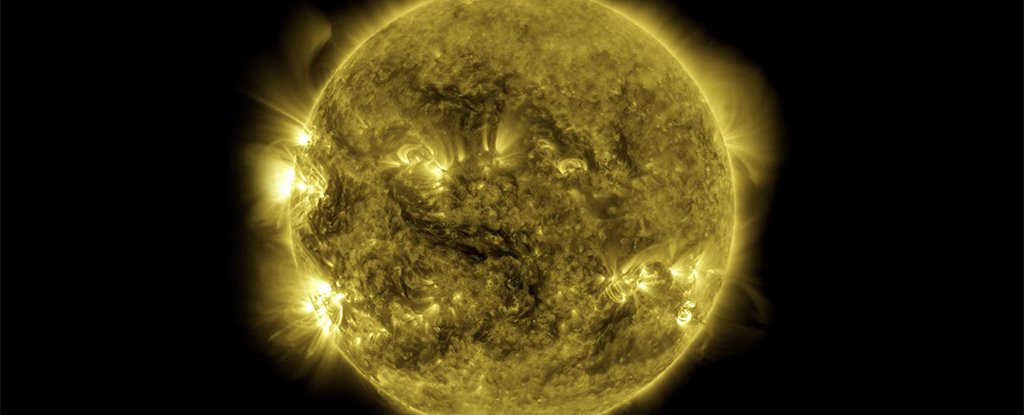
For once, let’s break with the usual advice and tell you that you should look at the Sun. Specifically, in the new NASA activity video over the 10-year time span on the solar surface.
Lasting 61 minutes in total, the impressive video has been produced from high-resolution images captured by the Solar Dynamics Observatory (SDO) spacecraft in the past decade. Every second in the video represents a day at the center of the Solar System.
Observe how the Sun’s corona, the outermost part of its atmosphere, glows and burns day after day, with charged plasma particles rising and falling from the surface. This is a view of the Sun normally hidden from view by its brightness.
Using a photo from every hour of observation, from June 2, 2010 to June 1, 2020, you are viewing more than 87,000 snapshots in total. The suitably epic soundtrack, called Solar observer, has been provided by musician Lars Leonhard.
For our favorite highlight, check out June 5, 2012, when Venus passes in front of the Sun, something that won’t happen again until 2117. For more featured information, watch this video.
SDO collects images using a variety of wavelengths of light for its observations, collecting details and features that would otherwise be lost. For this video, an extreme ultraviolet wavelength (17.1 nanometers) was used.
By capturing an image once every 0.75 seconds, the SDO has amassed a staggering 425 million photos since its release on February 11, 2010, a total of 20 million gigabytes of data and enough to fill countless albums of Photos.
We can thank the spacecraft for detecting magnetic flares and solar flares on the Sun’s surface, and tracking this activity is crucial to understanding more about how the Sun works and what its effects are on the rest of the Solar System.
As crucial as the Sun is to life on our planet, there are still many things we don’t understand about it, including the behavior of its corona. Observations such as those made by the SDO should help us arrive at the answers more quickly.
Don’t be alarmed if you suddenly see the Sun disappear from view in the video by the way: is it Earth, the Moon or both stand in the way, or is it the result of the temporary problem that SDO had with its instruments in 2016
If the time lapse video has whetted your appetite for more, we recommend you check NASA’s official website for the Solar Dynamics Observatory. You can see the current view from the spacecraft, find out where you are currently in the sky, see some of the best shots you’ve captured, and more.
As for us, we will go back to the beginning of the time lapse and see everything again.
.